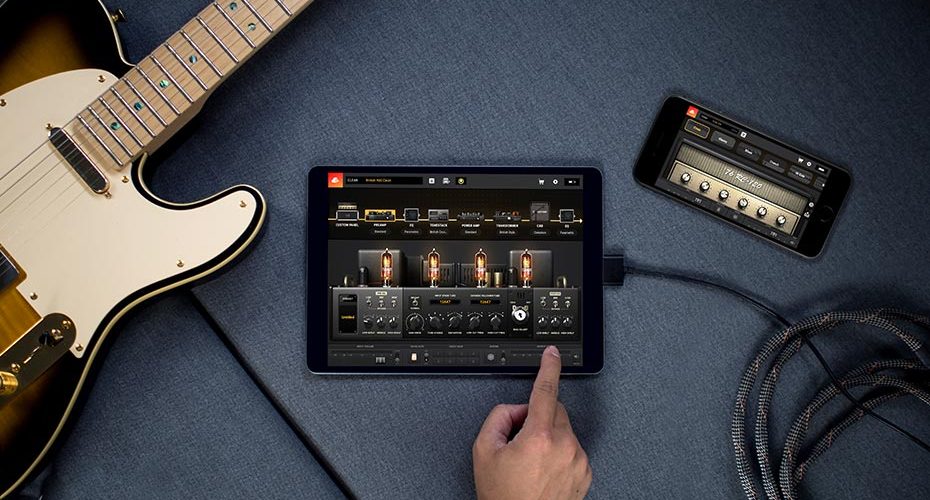

Generally, there is phase shift at high frequency in the amplifier a higher negative feedback factor can reduce the high frequencyinstability and oscillation.

Using negative feedbackcan avoid the saturation on the amplifier DC offset voltage. Negative feedback configuration in the power amplifier can providehigher stability and linearity of the system. On the other hand, the DC coupled input offers the followingadvantages:ġ) No large and expensive AC-coupling capacitor is required.Ģ) Low frequency distortiongenerated by the AC-coupling capacitor is avoided.3) It reduces thenoise coupled from the AC-coupling RC network.įigure2: By increasing the value of the capacitor between these two pins, theamount of compensation and the phase margin can be increased. The advantages of AC-coupled input are the following:ġ) The DC-offset to the inputof the amplifier from pre-amplifier, filter stage or codec stage isalways zero.Ģ) There is no need to protectthe DC faults by any DC servo circuitry in the amplifier. There are generally two common types of audio input design: AC- orDC-coupled. But we need to make sure that there is enoughdriving capability from the front stage. The offset due to input bias currentimbalance can be reduced. To further reduce theoutput offset voltage, reducing the impedance both on feedback andinput signal path is a way to do. For a typical 30x close loop gain in the amplifier,Voutputoffset = 0.1mV x 30.ĭue to very low input bias current, the offset voltage that appearson output will be insignificant in general uses. Voffset = Ibias x Rmismatch = 100nA x 1K-ohms =0.1mV. Forexample, a typical LME49810 bias current is 100nA and 1K-ohms inputimpedance mismatch. While LME49810 has a very low input bias current, the offset voltagethat will appear on output will be insignificant for general uses. The input offset voltage will amplifywith close loop gain and appear on the output. Due to the bias currentfrom the positive and negative input port, input impedance mismatchleads to input offset voltage. The input impedance matching is important. LME49810 is abipolar input amplifier.įigure1: To further reduce the output offset voltage, reducing the impedanceboth on feedback and input signal path is a way to do. The error signal is assumed to besmall to provide high linearity for the amplifier. Itgenerates error signal by subtracting the feedback signal from theinput and then drive to the output. Input stage design is a critical consideration in the amplifier. Itis also well-suited for a wide range of industrial applications, wherehigh voltage and low distortion are required.
TUNER IN BIAS AMP 2 PROFESSIONAL
NationalSemiconductor's LME49810 is optimal for high-end consumer andprofessional audio applications that span powered studio monitors andsubwoofers, A/V receivers, commercial sound reinforcement, after-marketaudio, professional mixers, distributed audio and guitar amplifiers. There are different approaches to developing an audio system.


 0 kommentar(er)
0 kommentar(er)
